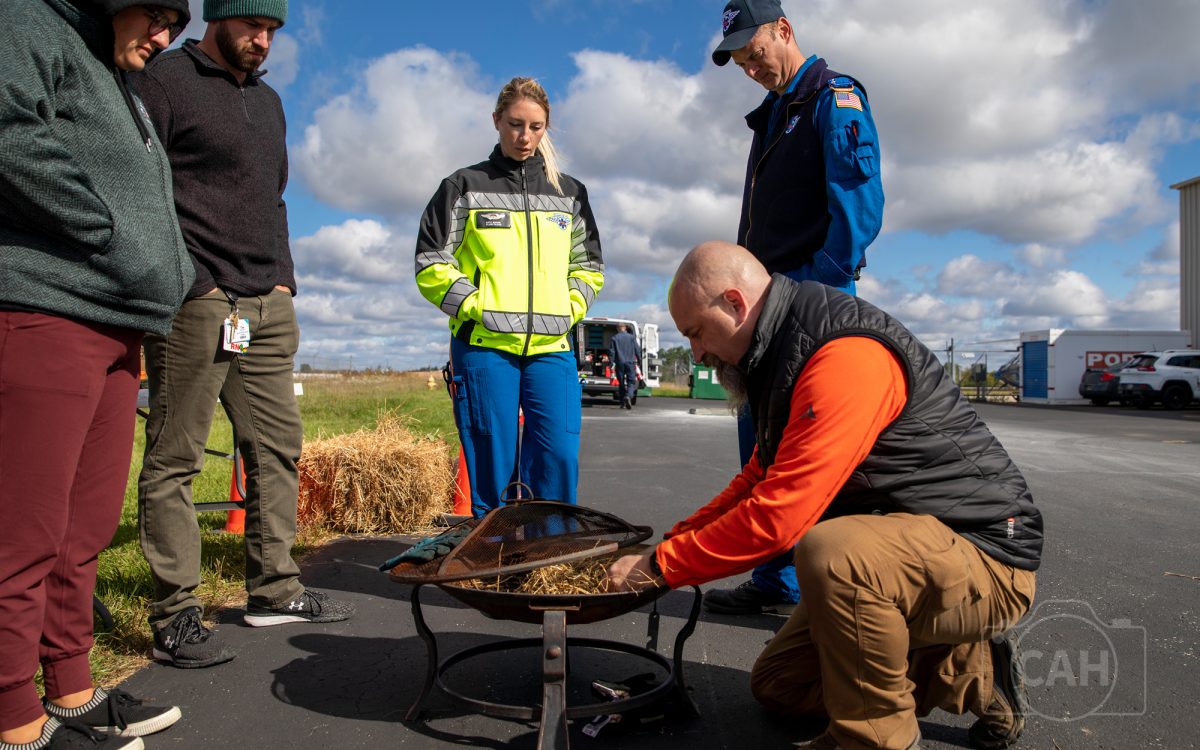When every second counts in a medical emergency, air medical helicopter services are a vital part of providing critical care services to patients in need. These flying medical units combine speed, efficiency, and advanced healthcare expertise to bridge the gap between life-threatening situations and timely medical intervention. In this blog post, we explore the indispensable role of air medical helicopter companies in ensuring the rapid transport of patients to specialized healthcare facilities.
Unleashing the Power of Speed and Accessibility
Air medical helicopters have revolutionized the concept of emergency medical transportation. With their ability to swiftly navigate through traffic-free airspace, these airborne ambulances reduce out-of-hospital time and allow us to reach patients in remote locations, disaster areas, or traffic-congested regions where ground-based ambulances may be delayed. By providing rapid specialized medical care to patients, air medical helicopters become a lifeline for patients in critical condition, where minutes can make the difference.
Skilled Teams
Behind every successful air medical helicopter service is a team of highly-trained professionals, comprised of pilots, flight nurses, and paramedics. These skilled individuals work collaboratively to ensure seamless coordination and optimal patient care is provided throughout the transportation process. Equipped with specialized training in critical care and emergency medicine, air medical crews are adept at stabilizing patients on-site, providing advanced life support, and maintaining constant vigilance during transit.
Advanced Technology: Lifesaving Tools
Air medical helicopters are equipped with state-of-the-art medical equipment that rivals the capabilities of any intensive care unit. These aircraft boast a range of specialized medical devices, including cardiac monitors, defibrillators, ventilators, and medication administration systems. Additionally, they carry blood products, ensuring the availability of life-saving transfusions when necessary. With these advanced tools, air medical crews can deliver life-sustaining interventions and medical treatments while en route, improving and maximizing patient outcomes.
Collaboration for Optimal Patient Care
The success of air medical helicopter services is closely tied to effective collaboration with ground-based Emergency Medical Services (EMS) and healthcare facilities. Through seamless communication and coordination, air medical crews work in tandem with ground EMS teams to identify patients in critical need of rapid transport and ensure a smooth handoff between providers. Furthermore, air medical providers maintain strong partnerships with hospitals allowing for streamlined admissions and rapid transfer to specialized medical centers where patients can receive the highest level of care.
Safety: The Paramount Concern
Safety lies at the heart of air medical helicopter operations. These companies adhere to rigorous safety protocols and undergo regular inspections to ensure the highest standards of performance. Pilots receive extensive training and possess the expertise necessary to navigate challenging weather conditions and other potential hazards. In addition, air medical helicopters are outfitted with advanced avionics systems, including GPS navigation and collision-avoidance technology, further enhancing safety during flight operations.
Conclusion
Air medical helicopter services play a pivotal role in emergency medical care, bridging the gap between patients in critical condition and the specialized care they need. Through their remarkable speed, skilled teams, advanced technology, and collaborative efforts, these healthcare providers save lives every day.





